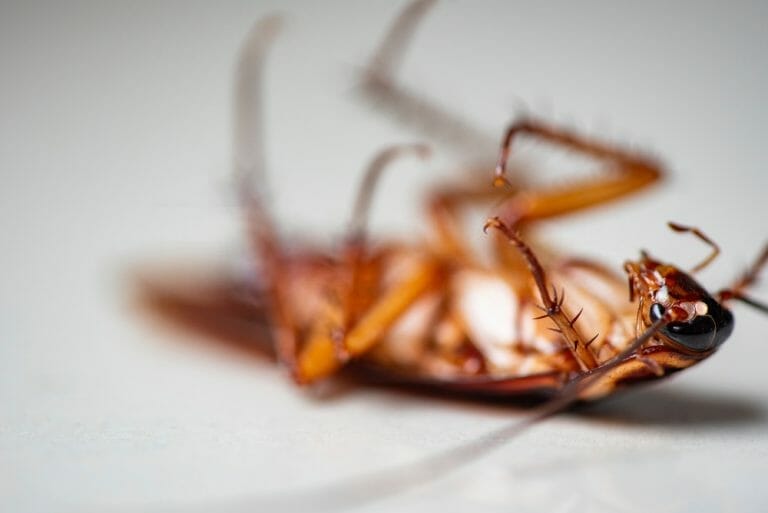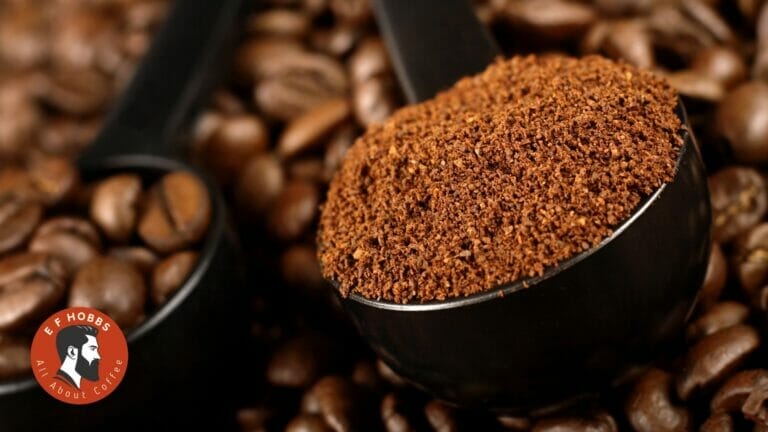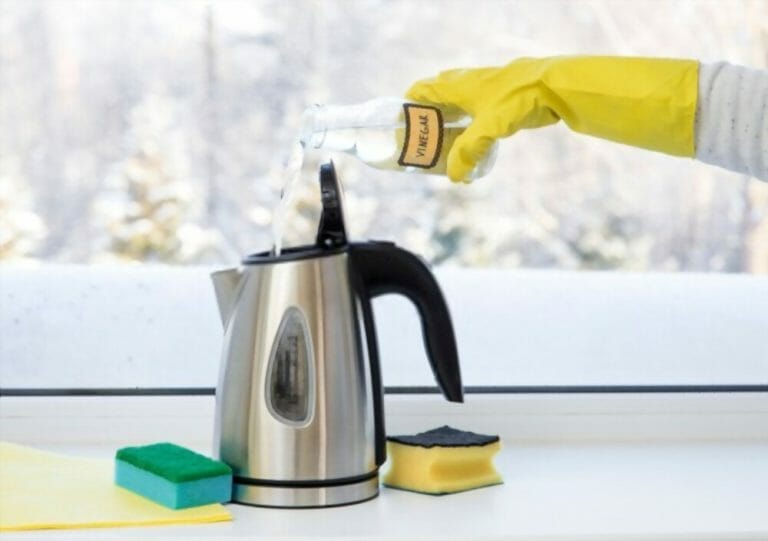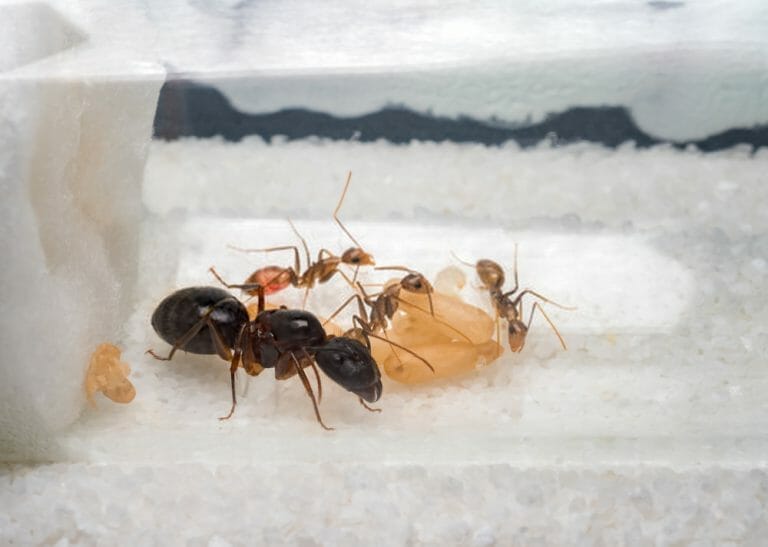Poop Coffee – What Is It?
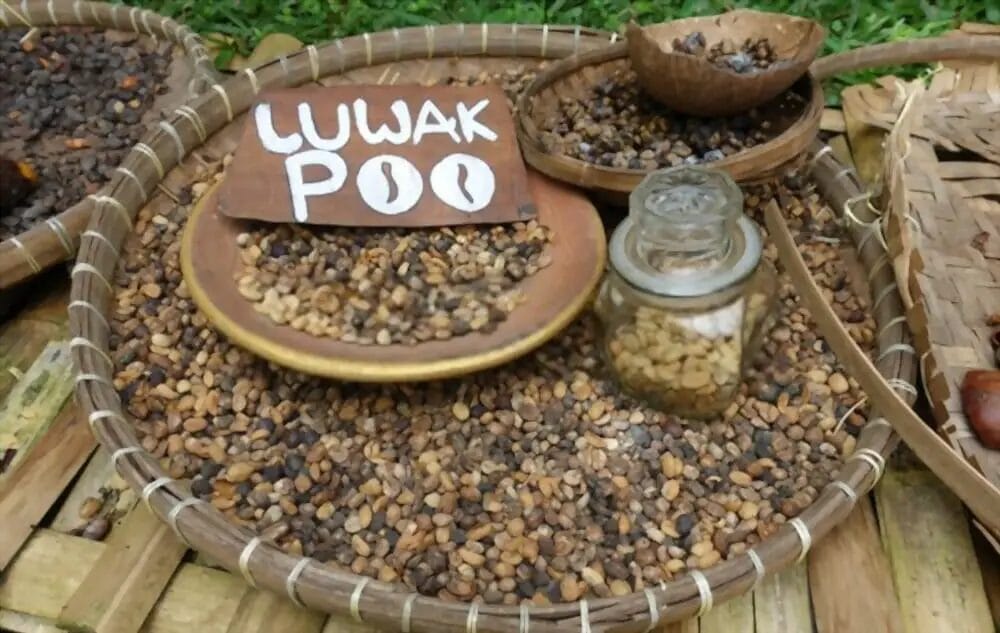
Did you know that coffee beans can come from poop?
Indeed, this is one of the weirdest things I’ve ever seen, Which is why we want to share it with you.
If you’ve never heard of poop coffee, you’re hardly alone. It’s a bizarre specialty beverage that comes from the world’s most expensive coffee crop — the rare and highly sought-after beans.
This may sound gross, but it's not uncommon that some animals and insects eat coffee beans then excrete them as a waste product.
In this article, we’ll go over What Poop Coffee is? The science behind it? What different kinds of Poop coffee are there?
And Why does it shows up as some of the best coffee to buy (despite the insane price tag)!
Let’s begin with…
In This Review
What is Poop Coffee?

Poop coffee is coffee beans that are the byproduct of some processes involving animal poop.
For example, a civet cat or raccoon will eat the beans and then pass them through their digestive tract, wiling out most of their nutrients and adding a side of smelly, natural fertilizer in the process.
It’s not all that different from how we wrap a chocolate treat to have a similar effect.
The coffee beans are then scooped out of the poop, washed, dried, roasted, and sold for a premium price.
In many ways, this is a sustainable coffee process. After all, the poop-coffee farmers don’t have to cut down any trees to harvest the beans or any of that — they’re simply cleaning up a natural waste product.
This is where the weird part comes in — the poop is often washed with water via a process called “aquafarming.” To hide the smell and other clues that they’re not selling coffee beans, they pour water over them.
When you order poop coffee, you're getting some of the highest quality beans from a sustainable source that's completely natural and clean.
The Upside Of The Organic Coffee Bean Process
So I know what you’re thinking — why would anyone want to drink coffee made from animal poop?
It’s not for most people, and that’s fine. But if you have the money and a willingness to try something new — go for it.
You’re not going to hurt yourself at all by drinking poop coffee, and you can be sure that the beans were never sprayed with artificial fertilizers or pesticides.
The Science Behind’ Coffee Beans From Poop.
Mostly, people are aware of the health benefits of coffee, but when it comes to animal poop coffee, there’s even more science thrown in.
In terms of coffee that is processed in this way: There’s a unique process that coffee beans undergo when they’re in contact with an animal’s digestive tract (saliva, digestive fluids, etc.).
A coffee bean is crushed and physically changed, which reduces its acidity and roughness. In the long run, it’s healthier for people to drink coffee with less acid.
This produces some wonderfully tasty coffee. It limits production flow quite a bit, which has led some people to experiment with other options that give us similar results.
The 5 Main Style Of Animal Poop Coffee
Here are five “Shit Coffees” we will cover:
- Civet cat coffee (kopi Luwak)
- Monkey poop coffee
- Elephant poop coffee
- Bat poop coffee
- Bird poop coffee
- Slow down and Buckle up: This is some heady stuff.
1. Civet Cat Poop Coffee (Kopi Luwak)
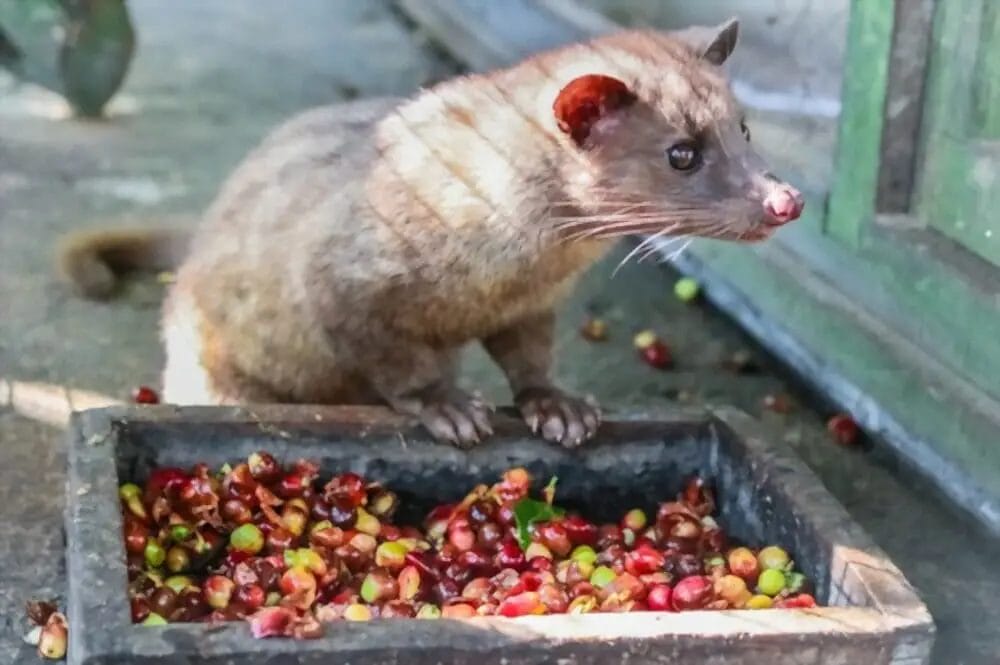
Coffee that comes from a particular animal, the Luwak, is usually expensive. The Kopi Luwak is a coffee made from that coffee.
This coffee comes from a civet cat, a small mammal belonging to the Viverridae family and found mainly in Asia. Europeans discovered the original coffee in Indonesia. It is still found in many regions of that nation. It is also made in other places like the Philippines and East Timor.
How is Kopi Luwak created?
Civets are an animal that eats coffee cherries, and they turn up on coffee plantations for a quick snack.
The civet's digestive system has the ability to remove the skin and pulp from the cherry while it moves through, but they are not digested. Instead, they undergo a unique fermentation process.
The beans eventually emerge in the feces, usually still intact. These are then harvested, washed(thank goodness), dried, and pounded to remove their skins. They’re then sorted and roasted.
What does it taste like?
It tastes like you could lick the jar. It’s not bitter; it’s earthy in a good way.
While you might be disgusted by the process, civet cat coffee delivers a high-quality cup of coffee.
2. Monkey Poop Coffee
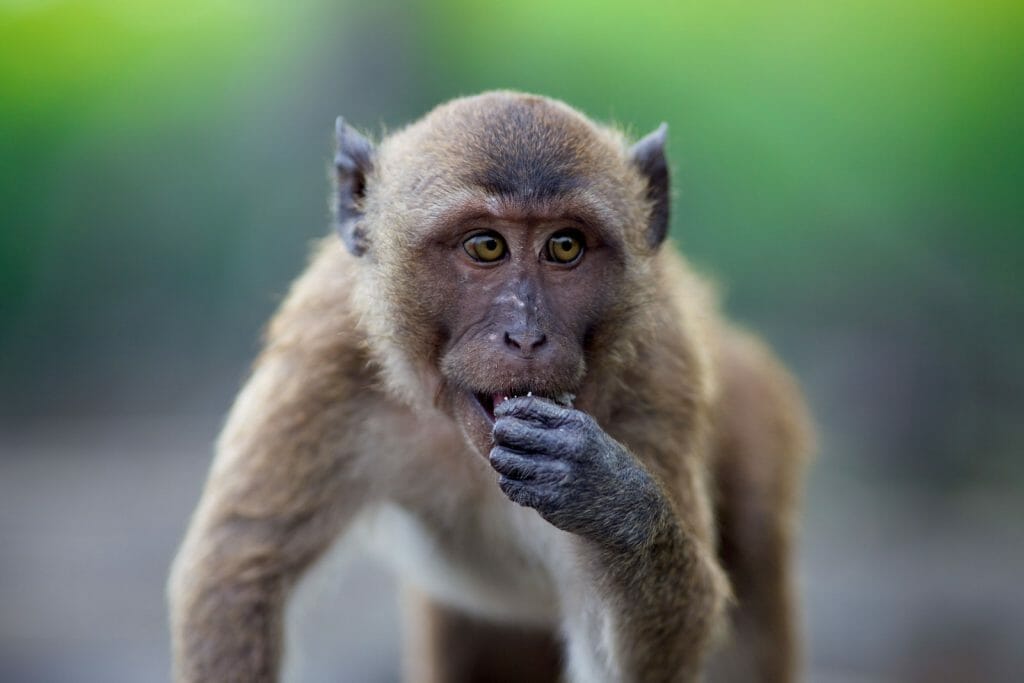
Technically, this coffee isn’t Poop Coffee. But it does involve the digestive process of an animal. The coffee is marketed as a similar product to world-famous civet coffee.
Civet coffee has been around for years, but monkey coffee is a relatively new phenomenon made when monkeys chew and spit out coffee cherries.
It's made in Chikmagalur, India. This region is known for its lush hills, copious rainfall, mountains, beaches, and coffee production.
Rhesus monkeys thrive in the climate of these coffee plantations because they are often found close to them.
These roosters are inescapable. They love coffee and stealing coffee from farms, so some farmers just give up.
The result of the collision between coffee cultures has given us a new, strangely exotic blend: coffee with monkey saliva at its roots.
How is Monkey Coffee created?
Monkeys like coffee cherries, and when they find them, they spit out the seed along with some of the flesh and skin. Once picked up from the ground, those seeds will be removed from any remaining flesh or skin.
The seed is then dried, roasted, and dehulled slowly over some time. The result is a coffee bean that the monkey saliva has flavored on it.
What does it taste like?
Monkey coffee is brewed like any typical coffee, but you should avoid adding sugar or cream.
The taste is distinctive. This coffee is heavy-bodied with pleasant, round acidity. This lack of bitterness is due to the enzymes in beans, which are broken down by saliva. This process also causes the flavor of the bean to change.
You can find a vast variety of flavors in this coffee. There are citrus, nuts, chocolate, and vanilla notes all present in the taste.
3. Elephant Poop Coffee
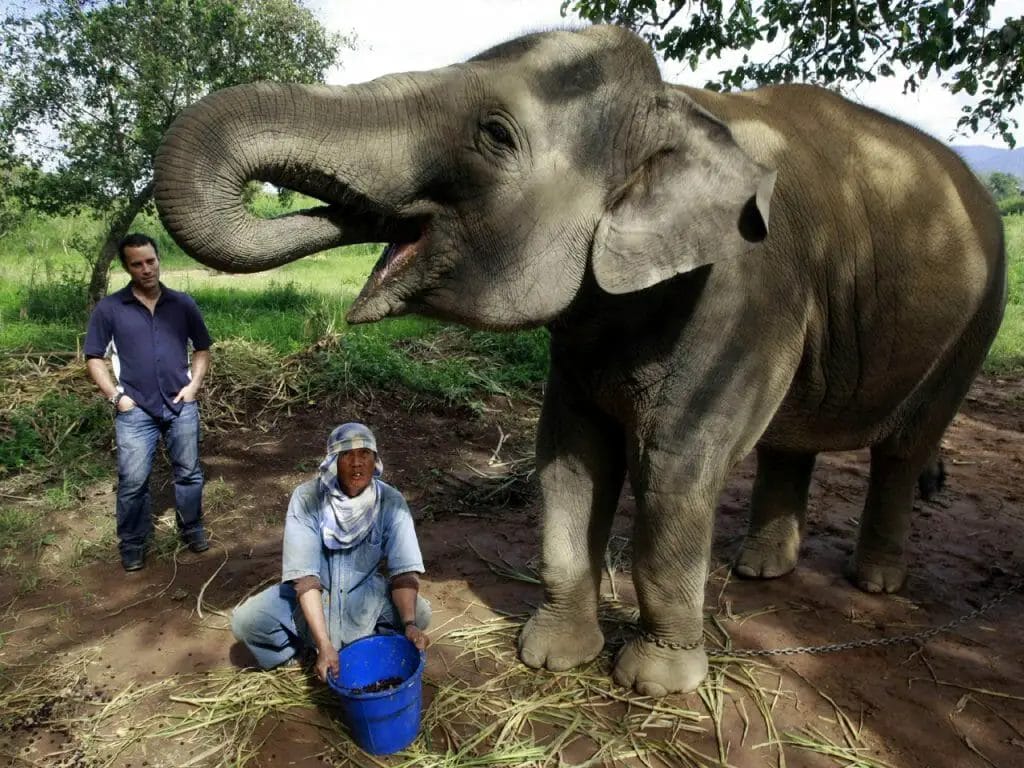
This coffee bean is black and ivory; it’s also known as Black Ivory Coffee. The beans are naturally refined through a ten-year process involving the help of Thai elephants in Ban Ta Klang, Surin, and Thailand.
The process of making coffee from Kopi Luwak is similar to that of other cats. The process is not harmful to the animals.
How is Elephant Shit Coffee created?
The process for making Elephant Shit coffee is very controlled. It’s also ethically conscious, which should reassure even the most concerned coffee-drinker.
The process begins with Thai Arabica cherries that are grown at an elevation of 1500 meters.
The cherries are picked and then brought to the well-cared-for elephants. The elephants each live in their own home, and the cherries are carefully mixed in with their other foods, such as bananas and rice.
The coffee will finish its journey through the elephant’s digestive system in about half a day to three days. Farmers go through the feces by hand to harvest undigested beans.
In this process, the Elephant chews up 36 pounds of coffee grounds for every one pound of coffee produced!
The beans are sorted from there to keep only the even, larger ones.
What does Elephant Coffee taste like?
This Coffee tastes like malt, dark chocolate, and hints of floral. It also has some cherry, tobacco, and leather flavors in it. It has got a hint of bitterness in it.
4. Bat Poop Coffee
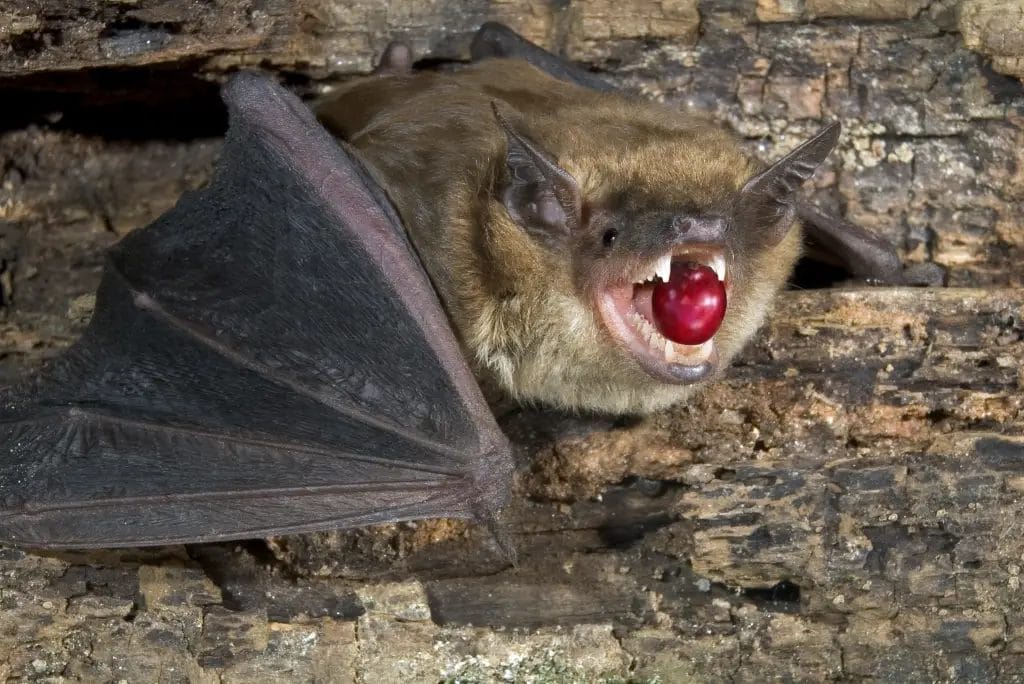
Our next specialty coffee is none other than bat droppings.
Bat poop coffee beans are coming from a species of bat that grows in the forests around the Coffea Diversa Coffee Garden in the southern Brunca region of Costa Rica.
Likewise, we have to abstain from calling it Bat poop coffee.
Bats eat coffee beans. The tiny little animals can only eat a few coffee cherries at a time, so they just kick off the process of fermentation.
How is Wild Bat Poop created?
The bats patiently chew through the coffee cherries while they’re still on the plant. Namely, they puncture the fruit’s outer surface with their pointy teeth to remove a piece of the peel.
This is how they lick the inside, trying to acquire some of the sugar content,
This starts a process where the cherries are half-eaten, and beans are left partially exposed. Leftover bat droppings and the bat’s digestive acid are left on plants to dry naturally.
The beans are carefully dried and turned into a delicious beverage.
What does Wild Bat Coffee taste like?
Coffee made using this process is a unique flavor. It’s both fruity and floral, with a light acidity that enhances its delicate taste.
A cup of wild bat coffee can be both mildly sweet and smooth, with a pleasant aftertaste.
5. Bird Poop Coffee

The process of making bird poop coffee is the birds eating, digesting it, and then excreting out the coffee beans.
It descends from Henrique Sloper's farm in Camocim, Brazil.
The Sloper family farm is a model for environmentally sensitive coffee farming. The Slopers didn’t set out to change the world with poop coffee. They just wanted to make high-quality, organic, sustainable coffee.
Halfway through, however, his vision took a turn.
How is Bird Shit Coffee created?
It doesn't sound too appetizing, but bird poop coffee is good for us!
Jacu birds eat berries to enhance the flavor of whatever beans they digest. Feces produced by these birds have a quick rate of decay, and once it surfaces on the ground, farmers tend to harvest it.
What does Bird Shit Coffee taste like?
The flavor is chocolatey with fruity notes; it’s also richly acidic. There’s almost no bitterness to this coffee. While it has a bit of a tang, it’s never acidic or sour.
Wild Jacu coffee is exclusive. There's no other coffee like it because it has a full body and a mild, pleasurable taste.
A nutty flavor comes from the malted barley that’s used to make it. You’ll notice hints of brown bread, molasses, milk chocolate, and aniseed in there too.
The Big Question: Why is this Shit so damn Exorbitant?
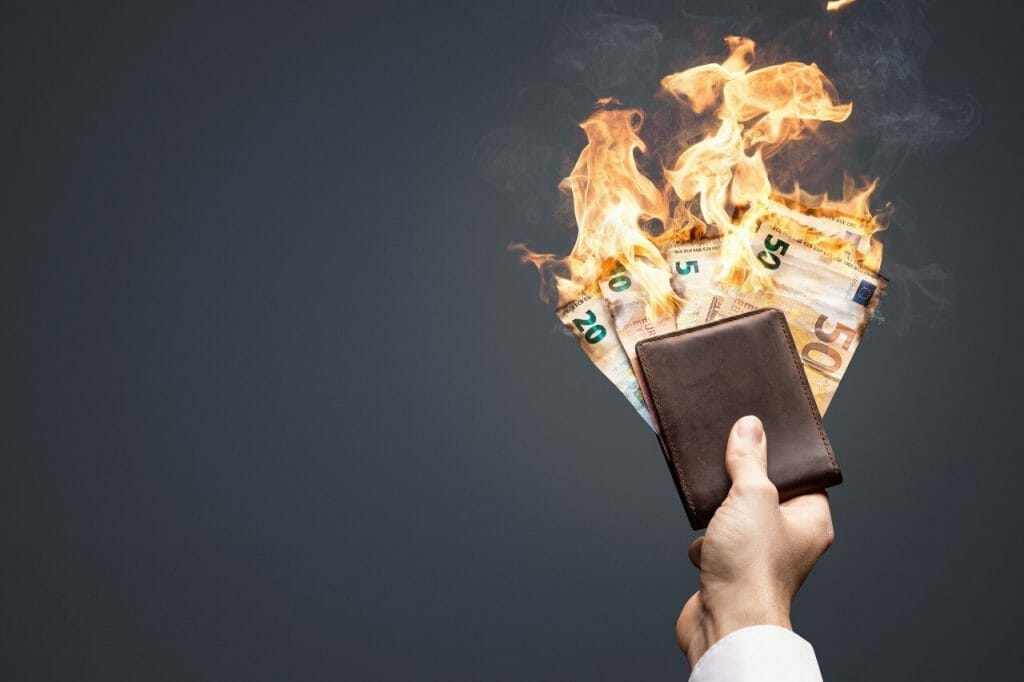
Animal poop coffee is often among the costliest coffee in the world. The cost of this coffee is so outrageous, not surprisingly because of the method used to make it.
It should not be a mystery! I mean, animals do not punch a time clock. They are not very cooperative.
To reduce your costs, you could manufacture the same product in large quantities. This would require capturing animals and forcing them to produce.
The quality of a product is degraded when the process is tainted with cruelty.
Poop coffee prices are twice the price of silver, on average.
Health Benefits of Poop Coffee
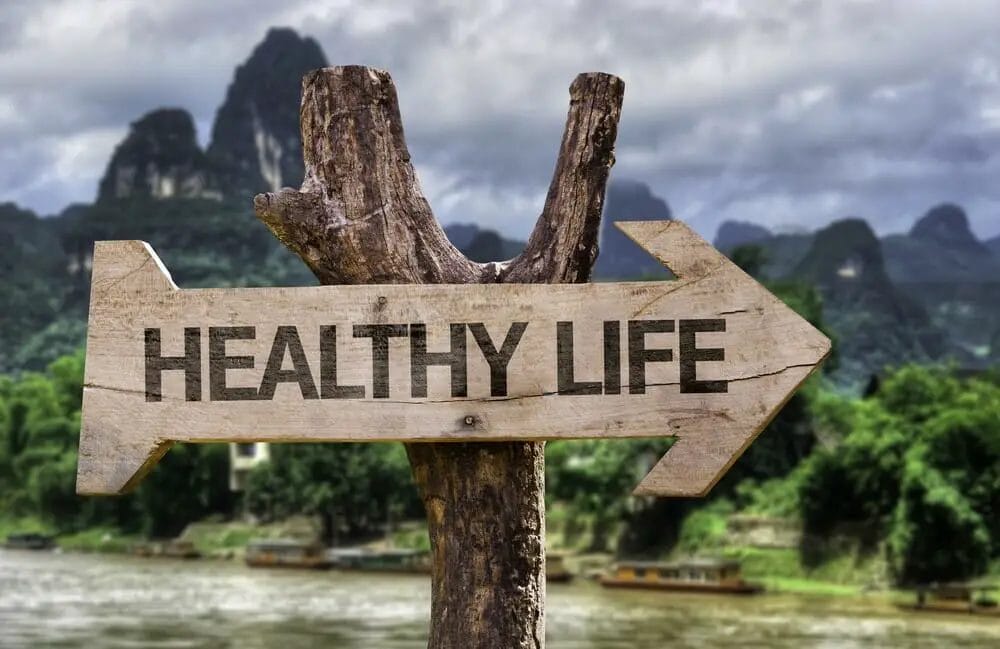
- It’s Good For Your Brain. Research has shown that animal poop coffee can be healthy for the brain. This is due to the antioxidants and polyphenols in this unique coffee.
- Animal poop coffee can provide additional vitamins, fiber, antioxidants, and mineral benefits to your diet that you would not get from other dairy milk or water products.
- It can help your immune system fight infections, diseases, and viruses.
- Animal poop coffee is rich in minerals such as calcium, iron, magnesium, potassium, zinc, and vitamins like A, B1, and B2, which help us with our physical and mental health. All of the above nutrients can provide energy for your body and have anti-aging properties in them.
- The benefits of animal poop coffee are similar to those of vegetables, fruits, and dairy products. It can provide a good energy boost for you throughout the day.
Why civet coffee is expensive?
Civet coffee is not only expensive because of the animal itself: its feces are used to fertilize the tree.
How much does Kopi Luwak cost?
The Kopi luwak coffee is one of the most expensive coffees that are sold worldwide. Civet coffee can cost more than $100 per pound.
How much does 1kg of Kopi Luwak cost?
The cost of one kilogram of the poop coffee ranges from $300 to $600.
What is the rarest coffee in the world?
Black Ivory Coffee is the most expensive and rarest coffee in the world. It is made from elephant feces that is collected from the wilds of Sumatra.
Is Kopi Luwak tasty?
The Kopi Luwak is not only expensive but also tasty. Most of the farmers in the Philippines are creating their own small business to sell this coffee as they find it.
What country is kopi luwak from?
The Kopi Luwak is being produced in the Philippines, Malaysia and Indonesia.
Is Kopi Luwak coffee healthy?
The Kopi Luwak is not only tasty but also healthy. It can be used as a medicine in the future because of its natural ingredients and properties.
Is luwak coffee halal?
The Kopi Luwak is Halal as it goes through a washing process before the beans are roasted. All of the coffeehouses in the Philippines use the Kopi Luwak.
Conclusion:

We’ve covered the history, benefits, taste, and ethics of animal poop coffee. We’ve looked at a variety of coffee animals, including civets, elephants, and Jacus. We’ve also examined bats and monkeys.
We've now covered a lot of different options. Which one grabs your attention the most? Do any of them appeal to you? Or do we have you convinced that this option just doesn't make sense?
Now it’s time for you to decide! There is only one way to do that: pick one of the animal poop coffee options and taste it yourself!
I find the benefits of poop coffee to be substantial and minimal. I also like the fact that this particular coffee is environmentally friendly. On top of that, it's a lot of fun to learn about poop Coffee in general.

